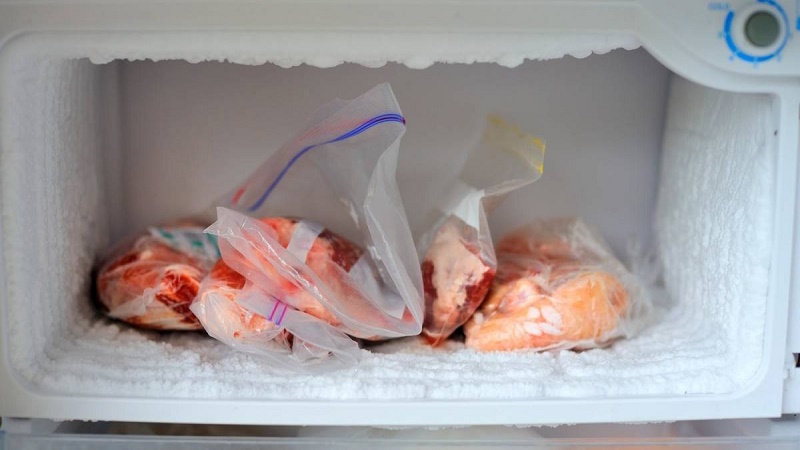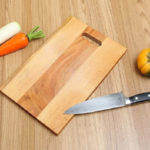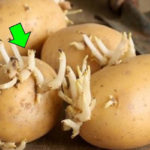Is it harmful to refreeze meat?
As a general rule, it is best to avoid refreezing food as much as possible. To maximize the freshness of the ingredients, thaw them with the amount needed for a meal. When trying out new recipes, you often need to use more meat. However, refreezing meat that has already been thawed will affect its taste and quality.
Refreezing will cause the meat to lose moisture. When you thaw meat, you will notice the liquid at the bottom of the meat packaging. If you put the meat back in the freezer, it will lose moisture easily, such as when thawing chicken breast twice, the meat will be drier than usual.
If you want to refreeze meat, what should you do?
If you want to refreeze meat and not compromise its quality, the usual method is to thaw the meat in the refrigerator or in a place that can maintain a temperature below 5 degrees Celsius. Before refreezing the meat, do not thaw it by leaving it in the kitchen for natural thawing or by using a microwave for 2-3 minutes. Of course, it is best to discard the meat if it has a strange smell or changes color.

Even if you can refreeze meat safely, you cannot keep meat in the freezer all the time, so be careful. According to USDA guidelines, the freezing time to maintain the quality and flavor of meats such as roasting meat, steaks, or ground beef, you can store them in the freezer for a year, but ground beef should be consumed within 3 to 4 months.
Tips for thawing meat
Use cold water for thawing
Using cold water for thawing is always an effective and simple method that you can apply. The key point of this method is not to use hot water.
You should note to put the food in a sealed bag before thawing them in cold water to avoid the intrusion of bacteria and loss of nutrients.
You can add a little salt or freshly crushed ginger to the water to make the food return to freshness. It is important to change the water every 30 minutes and cook the food immediately after thawing to ensure the food retains its flavor and does not deteriorate.
Thaw slowly in the refrigerator
If you have more time, choose to thaw the food in the refrigerator as this is the optimal and safest choice for food. You just need to move the food from the freezer to the refrigerator in a simple and quick way.
In addition, to prevent water from frozen food from leaking into the refrigerator, you should put the food in a food storage box, bowl, or tightly sealed bag. With this method, the food will be protected from the risk of contamination from the outside environment.
Furthermore, slow thawing in the refrigerator allows you to store the food for an additional 3-5 days if not cooked immediately without causing spoilage or deterioration of the food.
According to Khoevadep
8 Common Mistakes People Make with Cutting Boards
Are you using your cutting board correctly? Many Vietnamese households rely on cutting boards in their kitchen, but not everyone knows how to use them properly, especially when it comes to wooden cutting boards. Check out these 8 mistakes to avoid when using a cutting board to ensure both hygiene and safety for everyone in your family.
Is Refrigerated Leftovers Linked to an Increased Risk of Cancer?
Dr. Lam Van Man, Head of Research, Development and Technology Transfer Department of the Institute of Safety Food, has warned of the risk of food poisoning when reheating leftovers from the refrigerator. But what should we be aware of when it comes to the possibility of these leftovers causing cancer? Here, we explore what the experts have to say on the matter and offer some tips for safe eating.
Preserving Leftover Food from the Tet Holiday
With the beginning of the Lunar New Year, many households are stocking up on food to celebrate the festive occasion. While keeping food in the refrigerator is convenient, it can also be harmful to users if not done correctly. We have compiled a few tips to help ensure food remains fresh and safe to consume during Tet.





































